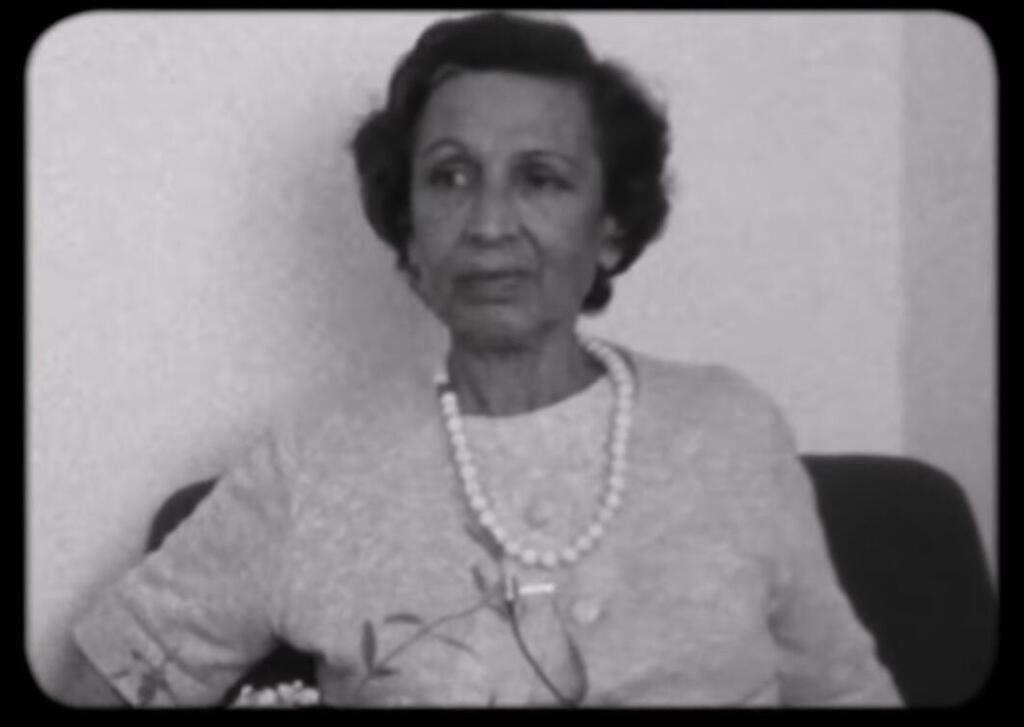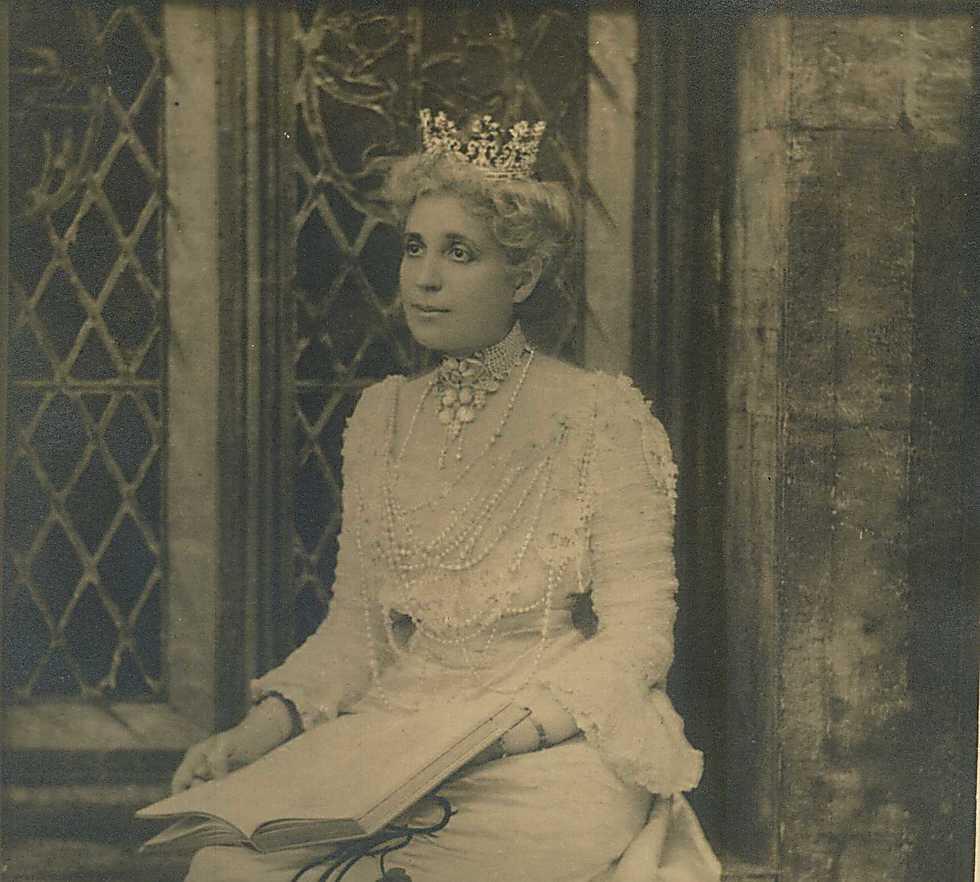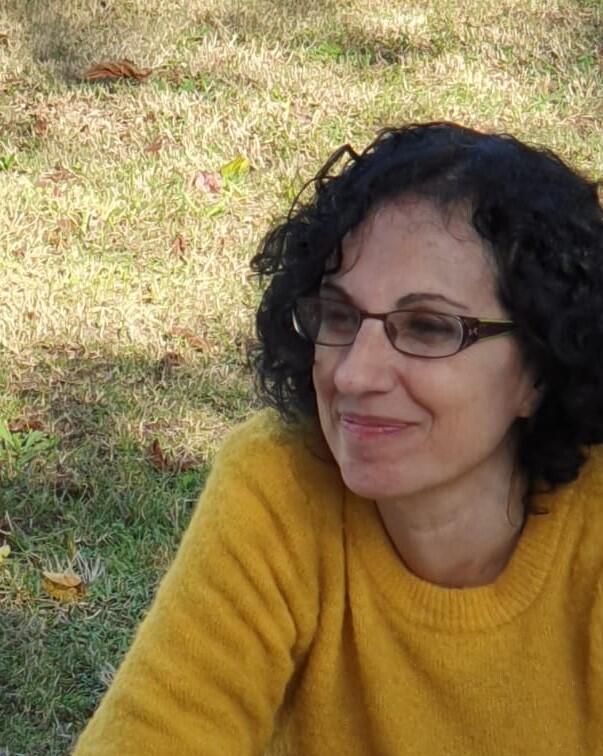Getting your Trinity Audio player ready...
It may be hard to believe, but back in the 17th century in Kurdistan - which covers swaths of northern Iraq - including modern-day cities like Erbil and Kirkuk, a Jewish woman by the name of Osnat Barazani actually served there as the head of a local yeshiva.
"In a historical context, this is indeed a unique phenomenon," says author and lecturer Yafa Bnaya. "A truly rare occurrence for the 17th century Kurdistan."
Barazani received a strict, religious education, another anomaly in 17th-century terms, but was brought about after her father, Rabbi Shmuel Barazani, bared no sons. After he and her husband, Rabbi Ya'akov Mizrachi, both passed, the baton was passed to her, and she grabbed it with both hands.
"It was brought about by a set of circumstances," Bnaya says. "There was no feminist angle to this chain of events. Still, in today's terms, she could serve as a role model, having been a religious scholar of great value, with her gender not being an obstacle."
Barazani's story is one of many in a line of trailblazing Jewish women grasping leadership roles in Muslim countries. How did Jewish women handle modernity and secularism in countries like that? How were tradition and modernity combined and what does any of it have to do with feminism? Bnaya believes she can shed some light.
For her, the voyage she embarked on to uncover the stories of all these women served as a journey of self-discovery as well. "Part of it was leaving behind a narrow-minded agenda," she says. "Some women were self-defined Jewish-Arab women like Lebanese author Esther Moyal. Some were Sephardi like poet Emma Lazarus, who wrote the Sonnet 'The New Colossus.' Others dealt with tradition and feminism directly, like Laura Papu."
Papu was an author and poet from Bosnia, formerly a part of Yugoslavia. "She wrote theoretical texts and plays. She brought a feminine worldview into the broad discussion on tradition and modernity - the home, the family, the romances through which mothers pass on the tradition and the knowledge of the Torah to their daughters. It is an entire female space that has no historical presence, and remains transparent."
Another woman that came across Bnaya's path was 20th-century author and literary critic Jacqueline Kahanov, who was born in Cairo. "She had to contend with a traditional father, born to Iraqi immigrants in Egypt. Her mom was Tunisian, and there was a power struggle in the home between a traditionalist father and a mother who pulled her daughter more toward Western values. That's why Jacqueline studied in French schools.
"The mother worked to socialize her daughter with what she recognizes as the trends of the future within the Egyptian society - economically, educationally and culturally. Jacqueline herself experienced some ambivalence about that process. It was like a cultural occupation inside the household, especially with the British nanny her mother hired to help teach her daughter English.
"That made her stray a bit from her Arab identity and feel like she doesn't entirely belong to any side. After arriving in Israel, she made it a point to combine both sides of her identity. She sees the potential of a Levantine project, but only from a place that places both sides on an equal footing.
"Jewish traditionalism in a Mizrachi society comes about from secularism and modernization. It was an attempt to maintain a non-orthodox Jewish identity. There's a certain spectrum of religious adherence within Judaism, but no militant atheism or denominationalism. She attempted a perception that broke the mold."
Through her research of tradition vs modernity, Bnaya realized there was a distinct lack of a female voice in the discussion, prompting her to build Arevot - women weaving tradition - a women's seminary - in 2015, where they combine tradition with feminism. "That helped us track transformative women in Judaism and soon a book called 'Bat Hamizrach' that deals with this issue will be released.
"I'm writing an additional book about eight women, with whom I have some documentation with texts they wrote, mostly not in Hebrew. It'll help shed some light on unknown communities that deserve more recognition."
Another captivating character was Flora Sassoon, a Jewish-Indian businesswoman and scholar. "After her husband died she ran the family's business empire, known as 'Rothschild of the East'. Her father brought religious education to all of his kids, so she became a studious observer of Jewish culture and tradition."
"She later settled in London following the illness of her third daughter, and became the de facto leader of the Sephardi community there in the 1920s." Sassoon also wrote columns in a Jewish-American publication about Jewish traditions.
"She was equally modern and traditionalist. In India, she fought for the development of a vaccine against cholera and took the shot herself to lead by example. Back then, it was considered heresy against religion." She also ran a global company, "perhaps the first in the 19th century," says Bnaya.
"That said, Sassoon was also very conservative and religious." She made peace with her own paternalistic tendencies, but was mindful of the temptation of assimilation in London. Some of her relatives converted to Christianity, but not her."
Bnaya, 64, is a Casablanca native. Her parents made Aliyah in 1968, settling just north of Haifa. "We lived with a lot of Mizrachi people who made Aliyah," she says. "It took me years to internalize the experiences I had as a traditional Jew in a public school that always assumed I was in need of fixing. I then went to the secular spectrum, only to repeat that experience."
In 2000 she joined an organization that enhances leadership skills from a traditionalist prism. "I was a founding member. We just wanted to see our Jewish voice heard, not belittled."
She believes the Israeli discussion about the Mizrachi culture is infested with stereotypes and false perceptions. "The discussion about tradition and modernity only visualizes Europe. As if Jews from Muslim countries first encountered modernity in Israel, but that was debunked a long time ago. In truth, they experienced modernization in their home countries, many of which were under European colonial influence.
"The stories depicting that begin long before 1950s Israel ... In many ways, most were even more modern than Easter European Jews."




